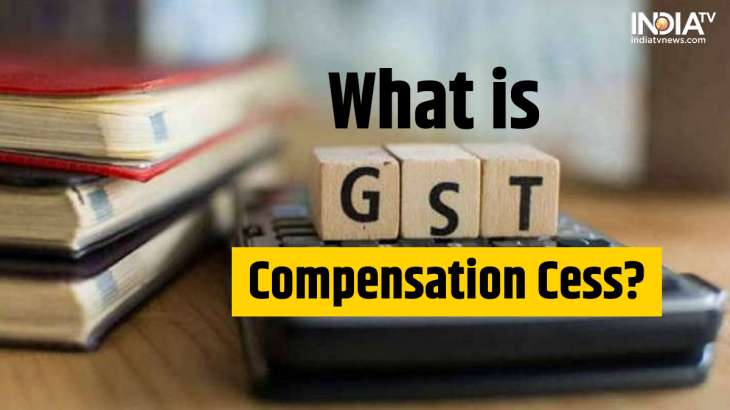
Government may standardize so-called Multi-Utility Vehicles (MUVs) or Hybrid Utility Vehicles (both exclusively Indian segments) with Sports Utility Vehicles (SUVs) independent of vehicle manufacturers’ nomenclature and demand a continuing 22% Compensation Cess is, considering that their length is more remarkable. Over 4 metres, a motor over the 1,500 cc limit and something like 170 mm of ground freedom, reports The Hindustan Times.
In addition to the GST already applicable, certain notified goods are subject to GST Compensation Cess. GST Compensation Cess, also known as GST Cess, was implemented to compensate manufacturing-heavy states including Gujarat, Haryana, Karnataka, Maharashtra and Tamil Nadu. As a consumption-based tax, the introduction of GST resulted in a decline in the revenue of many states. As a result, states that focused on manufacturing lost money.
Federal body the Goods and Services Tax (GST) Council, which is scheduled to meet on July 11, is likely to take up the issue and clarify the government’s position despite its inventive definitions of such vehicles by manufacturers.
The council may also consider reducing tax rates on certain food items, snacks and life-saving drugs (such as dinutuximab, an expensive and imported anti-cancer agent) and snacks (such as kachri, chickpea fritters and papad).
To compensate these states, an additional tax known as GST Compensation Cess is levied. It is levied on specific notified commodities, and the revenue generated from it is divided among these states. This cess will be collected for a long time from the date of implementation of GST.
GST Compensation Cess shall be payable and payable by all taxable sellers of notified goods. Taxpayers paying GST compensation are exempted from this. GST Compensation Cess paid on imported supplies can be used to avail input credit. However, only GST Compensation Cess liability can be set off from the credit of cess paid.
compensation cess required
- As a result of the introduction of the Goods and Services Tax (GST), states and union territories with legislatures were forced to hand over control of their governments to the GST Council.
- The transition from sales tax or value added tax to GST will reduce the general income of the state.
- As a result, it was decided that a pooled GST Compensation Fund would cover any revenue shortfall on account of switching to the new indirect tax regime for five years.
- States were promised an annual income growth of 14%, and the financial year 2015-16 should be used as the base year for determining compensation under the GST law.
- The compensation cess was supposed to expire on June 30, 2022, five years after the introduction of the single tax on July 1, 2017, but the Indian government extended it to March 31, 2026.
- This is done to compensate the states for the loss of GST revenue to repay the loans borrowed in 2020-21 and 2021-22.
How to calculate Compensation Cess for GST?
The transaction value, or the price at which the goods are sold, is used to calculate the cess. In addition to the GST taxes – CGST + SGST for interstate supplies and IGST for interstate supplies – the cess is to be assessed.
Goods which are subject to GST Compensation Cess:
- Pan Masala
- tobacco products
- Cigarette
- Coal, briquettes, ovoids and similar solid fuels manufactured from lignite, other than jet and peat.
- aerated water
- motor vehicle
Read this also | Massive crackdown: Over 4,900 bogus GST registrations cancelled, CBIC cracks down on return filing
Read this also | Over 12,000 shell entities in GST; CBIC plans biometric authentication, stricter return filing